Lecture Jazz (Part 2) Jazz (Part 2) 
NEW ORLEANS JAZZ When we think of New Orleans, we think of Dixieland Jazz. Where did that term originate? Here's the story: Maryland and Pennsylvania had a border dispute, so two guys named Charles Mason and Jeremiah Dixon were hired to survey the land in order to establish an official border. The survey was complete in 1767. The line became known as Mason's and Dixon's Line. It was gradually shortened to Mason-Dixon Line. This line came to be considered the unofficial boundary between the "North" and the "South" and the "South" came to be known as "Dixon-land" and then eventually "Dixieland" and then just "Dixie." This photo shows a Dixieland band in a street parade. The origin of that practice was to accompany a funeral. 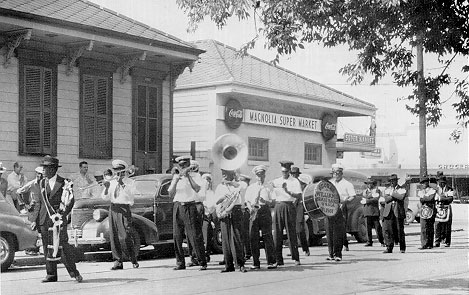
Ken Burns on New Orleans after hurricane Katrina. Watch 
CHICAGO JAZZ 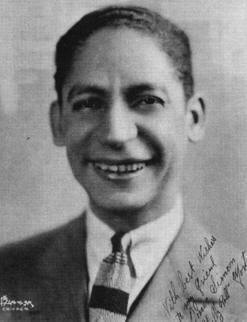 | He claimed to be the inventor of jazz. Jelly Roll Morton (1890-1941) From New Orleans, Jelly Roll came to Chicago in 1923. He was unique in that his arrangements were quite tight and controlled (he was sort of a control freak in the rehearsals with his band - insisted that the players improvise according to his requirements). He represents the culmination of the New Orleans jazz style and was a transitional figure into jazz piano styles. Black Bottom Stomp listen Links to more music (optional) http://redhotjazz.com/jellyroll.html |
To be clear, although Jelly Roll claimed to have invented jazz, this uniquely American style is the result of many influences and several generations, so don't let his self-confidence cause you to overlook the evolution of the style! | Louis Armstrong (1901-1971) founder of "hot jazz" West End Blues listen | 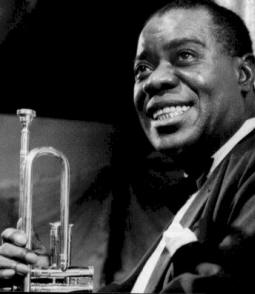 |
 | The first major influential white jazz artist. Bix Beiderbecke (1903-1931) founder of "cool jazz" Singin' the Blues listen |


BIG BAND JAZZ 1935-1945 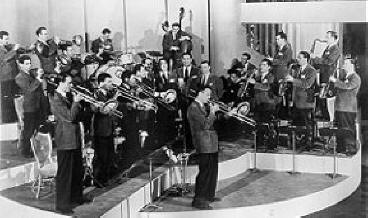
The only time when jazz was the most popular music in the country and (naturally) the most commercially successful. $ $ $ The job of the Big Bands was to keep people on the dance floor!  | They called it The Swing Era | 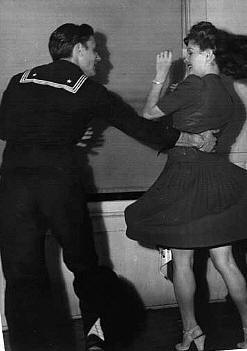 |
Then: Swing dancing watch More recently: Finalists of 2006 watch  Makes me tired just to watch . . . Makes me tired just to watch . . .
| BIG BAND LEADERS | Fletcher Henderson Wrappin' It Up listen Count Basie Doggin' Around listen Duke Ellington East St. Louis Toodle-Oo listen Glenn Miller In the Mood listen Also check out The Andrews Sisters singing In the Mood Bennie Goodman Tommy Dorsey Artie Shaw Woody Herman |
Swing music and the Big Bands were significantly affected by 3 political realities: Many band members went overseas during World War II Also because of World War II, gas rationing curtailed bands from touring Musician's union strikes crippled the recording industry for a time
Read this 1942 article from Down Beat magazine 
Jazz moved on to Bebop, and the smaller combos plus singers, like Frank Sinatra, 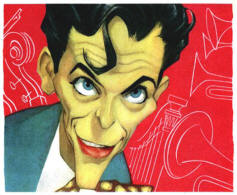
became the most popular style in the late 40's and remained so until Rock 'n' Roll. 


Created and maintained by Vicky V. Johnson |